
Eyevensys reported data showing the efficacy and durability of EYS809, a dual-gene plasmid in development for the treatment of wet age-related macular degeneration (AMD).

D-4517.2 is a novel precision nanomedicine that inhibits neovascularization by targeting activated microglia and hypertrophic retinal pigment cells, cells responsible for the increased vascularization associated with neovascular age-related macular degeneration (wet AMD) and diabetic macular edema (DME).
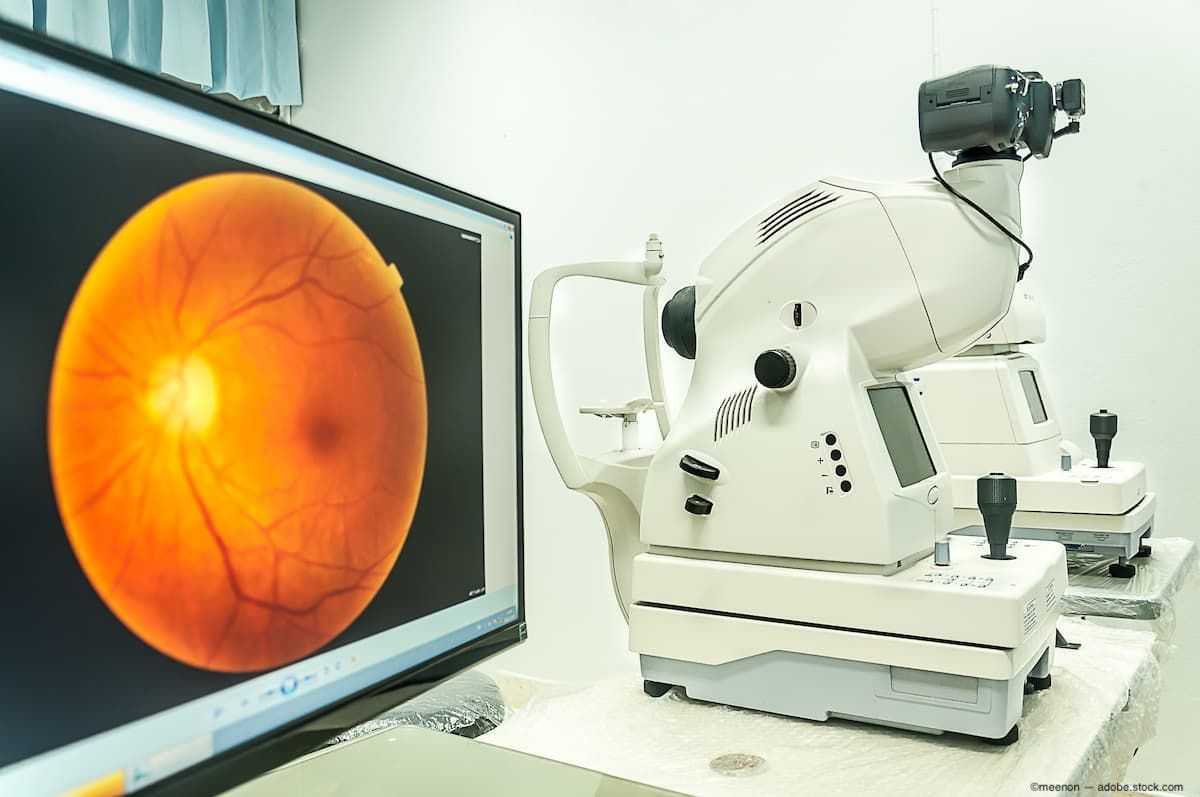
ARVO 2023: Data suggest greater retinal drying via faricimab when compared to aflibercept in wet AMD, DME

Eyevensys reported data showing the efficacy and durability of EYS809, a dual-gene plasmid in development for the treatment of wet age-related macular degeneration (AMD).

At ARVO in New Orleans, Luxa Biotechnology shared an update on the progress of a Phase 1/2a clinical trial evaluating transplantation of RPESC-RPE-4W to treat dry age-related macular degeneration (AMD).

David Szanto, a medical student at Stony Brook, and working with the Department of Neurology at the Icahn School of Medicine at Mount Sinai, describes how an algorithm finds recurring patterns in the visual fields and the ganglion cell-inner plexiform layer thicknesses, and helps clinicians understand how prevalent those patterns are throughout the entire data.

A team of researchers used gene expression, epigenetic, and gene regulation analyses to discover genes, pathways, and regulatory features relevant to age-related macular degeneration (AMD).

Complement Therapeutics GmbH secured financing to continue the development and complete a Phase Ib clinical proof of concept of its lead product CTx001, an AAV gene therapy for the treatment of GA secondary to dry-AMD.
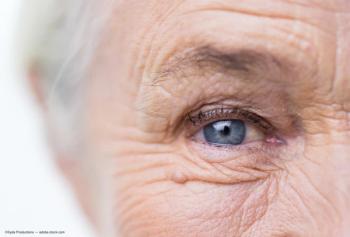
Aviceda Therapeutics announced that the FDA has cleared the Investigational New Drug application for AVD-104, enabling the company to proceed with initiation of Phase 2 clinical trials.
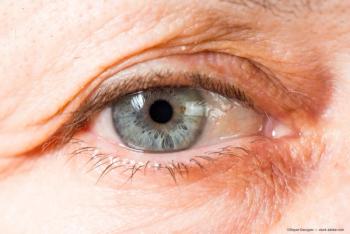
Study results see brolucizumab as a viable treatment for patients with neovascular age-related macular degeneration (nAMD) refractory to other anti-VEGF drugs.

According to National Eye Institute researchers, the variants generate malformed proteins that alter the stability of the membrane attack complex, which may drive a chronic inflammatory response in the retina.

A team of researchers at Buck Institute, working with Google Health and Zuckerberg San Francisco General Hospital, are studying the eye as a window into human aging.

According to a team of researchers at UCLA, the “dormant” cone photoreceptors might actually continue to drive retinal activity for vision.

The various aspects of home monitoring for patients with age-related macular degeneration are discussed in this point/counterpoint by Prof. Rufino Silva, University of Coimbra / Coimbra Hospital and University Centre, Portugal, and Univ.-Prof. Dr. med. Robert P. Finger, PhD, Department of Ophthalmology, University of Bonn, Germany, during the 14th annual Congress on Controversies in Ophthalmology in Lisbon, Portugal.

According to researchers at the Max Planck Institute, the Kynurenine pathway is not only important for eye pigment formation, it also plays a role in maintaining retinal health.

PBM treatment showed a statistically significant slowing of disease progression in patients with early to intermediate dry AMD.

Delegates will analyze the most relevant and controversial issues within the field of ophthalmology at this year’s congress in Lisbon, Portugal, from March 24 to 25.

Examining an intraocular implant that can sharpen vision for patients as disease progresses.

According to the company, post-hoc time-to-event analysis signals up to 59% risk reduction in rate of vision loss compared to sham treatment at 12 months. The analysis will be presented at the ARVO Annual Meeting from April 23-27 in New Orleans.

The company’s therapeutic is a single therapy for multiple forms of age-related macular degeneration. NM3086 is a highly potent alternative pathway (AP) blocker that does not affect the classical pathway.
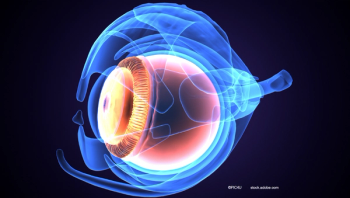
Greater anatomic improvements (central subfield thickness reduction, proportion with absence of subretinal fluid and intraretinal fluid) were seen with faricimab versus aflibercept during the matched dosing period (week 4, week 8, and week 12).

Apellis has received FDA approval for intravitreal pegcetacoplan (SYFOVRE) to treat geographic atrophy secondary to AMD. This news follows the submission of the 24-month phase 3 data in November 2022.

Retina specialists help educate the public to take steps to protect their vision during AMD Awareness Month.
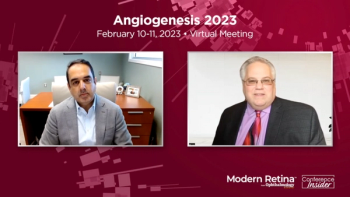
Rishi Singh, MD, presented data from the Phase 3 DERBY and OAKS clinical trials for geographic atrophy at the 2023 Angiogenesis, Exudation, and Degeneration conference.
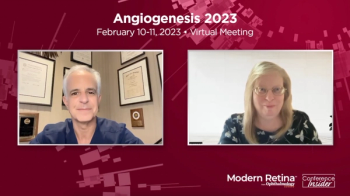
Carl D. Regillo, MD, highlights the Talon Phase 3b results for brolucizumab vs aflibercept in a matched treat-and-extend superiority study for neovascular AMD at the virtual 2023 Angiogenesis conference.
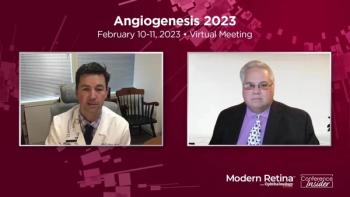
In a presentation at the Angiogenesis, Exudation, and Degeneration 2023 conference, Justis Ehlers, MD, presented "Ellipsoid Zone Integrity in Dry AMD: An Imaging Biomarker for Progression Risk and Clinical Trial Endpoint.”

In a presentation at the Angiogenesis, Exudation, and Degeneration 2023 meeting hosted by Bascom Palmer Eye Institute, Baruch Kupperman, MD, PhD, detailed research in which investigators evaluated risuteganib for safety and effectiveness in patients with dry AMD.

In a presentation at the 2023 Angiogenesis, Exudation, and Degeneration program, Usha Chakravarthy, PhD, FRCOphth, CBE, presented data from the trial of lampalizumab, which is peeling back some of the mystery shrouding geographic atrophy.